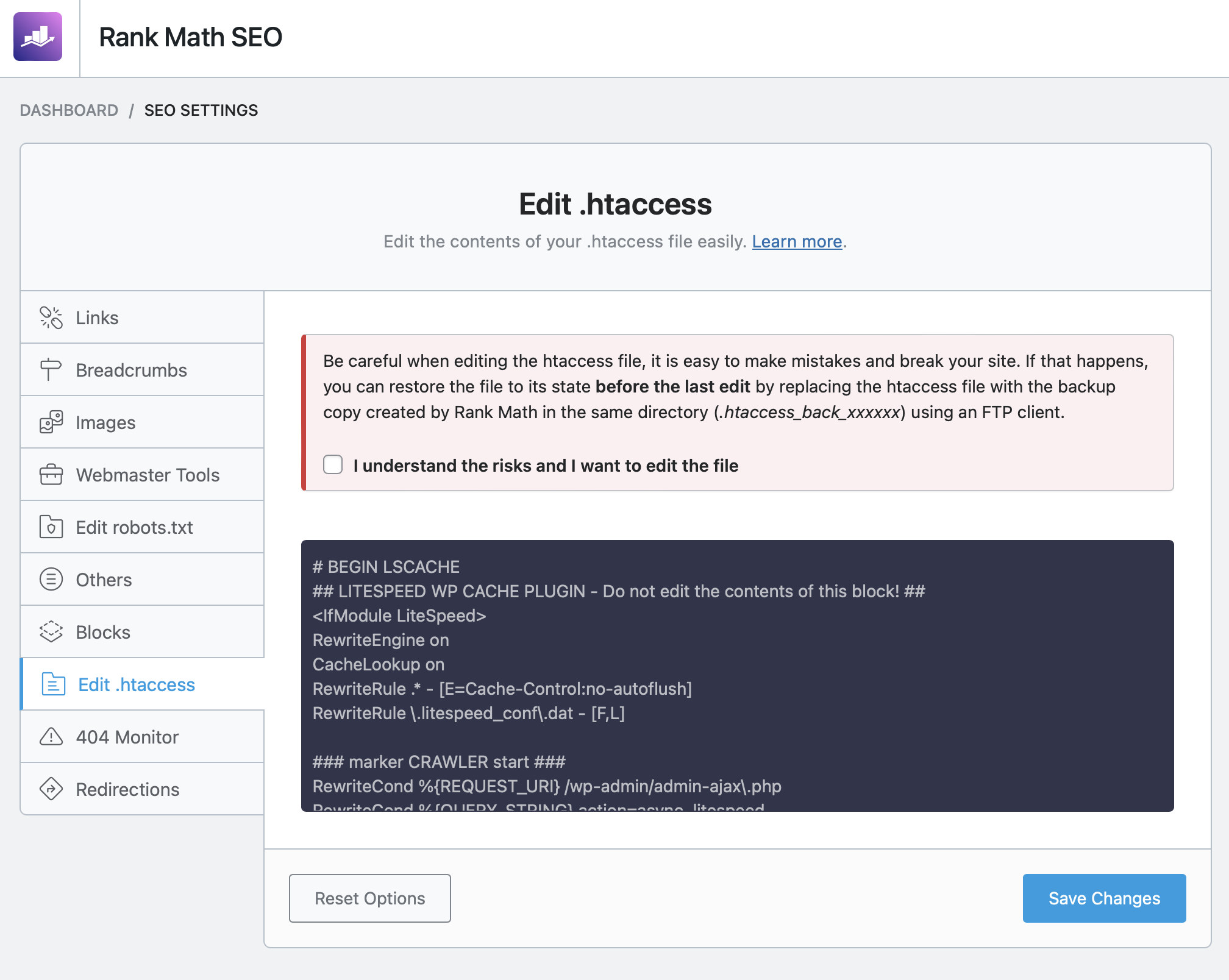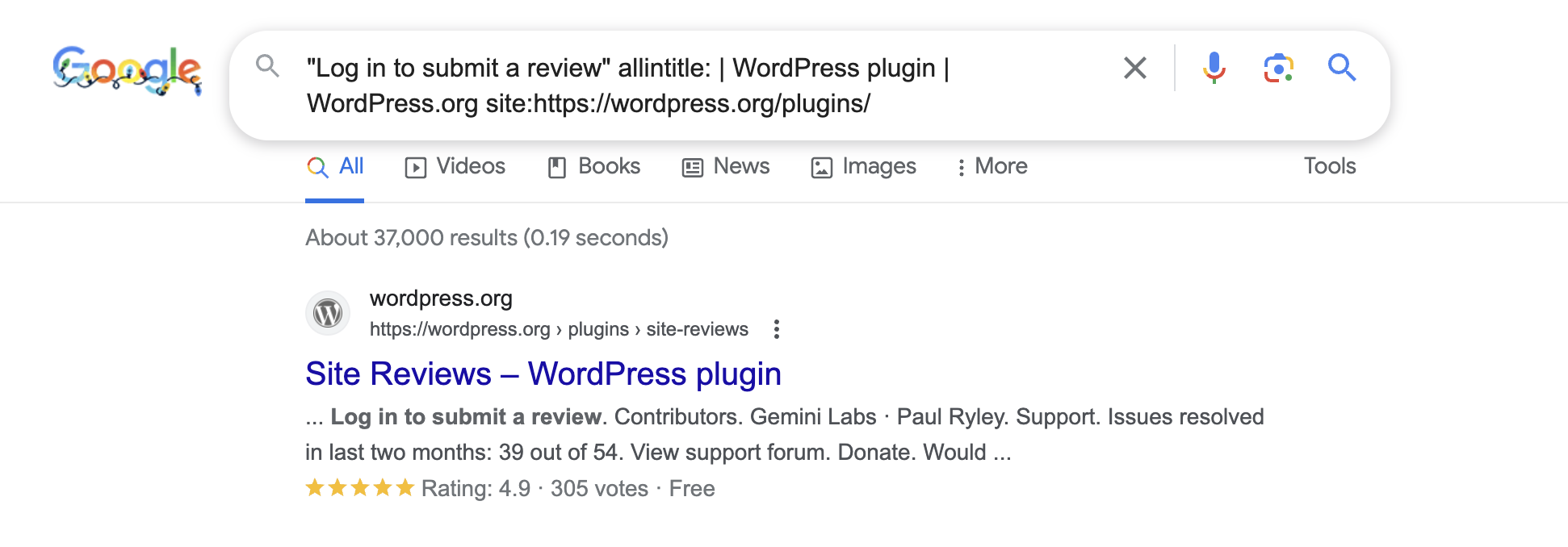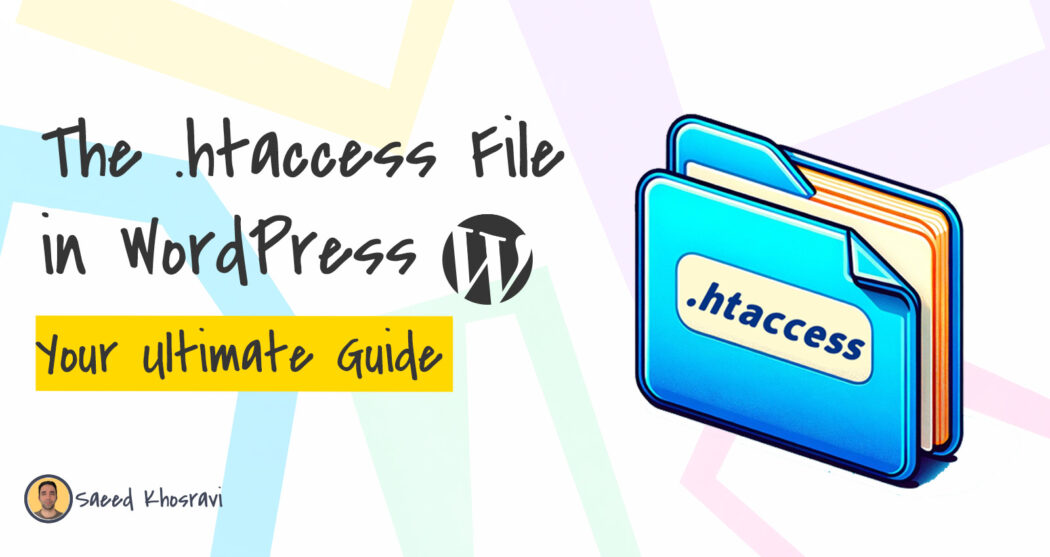If I want to name one file as the most important file in WordPress CMS, it would be the .htaccess file.
As an Internet marketer and someone that generally loves WordPress, I have designed, developed, optimized, hosted, and managed numerous WordPress websites. Most of the projects I have worked on have been built on WordPress platform. Yes, WordPress powers almost half of the websites on the internet – 45.8% as of 2023, according to W3Techs.
WordPress popularity could be related to its flexibility, huge community and the ability to extend and customize its core functionalities using plugins.
According to different sources, there are around 60,000 free plugins available in the WordPress.org directory, not to mention the numerous premium plugins offered by third-party companies. My own research indicates that there are about 37,000 free WordPress plugins in the WordPress.org English repository as of Dec 26, 20231.
Let’s get back to the main story in this blog post. What’s the role of the htaccess file in WordPress and why this file is so important.
The htaccess file does not only belong to WordPress sites. Other PHP based sites (either be a CMS or not) or better to say sites hosted on an Apache web server have an .htaccess file. The .htaccess file is actually a configuration file in the Apache web server and is meant to let the webmasters to override some of the server configurations at the website level without the need to make changes to the core server config files.
Apache server is one of the most popular and widely used web server software used by almost one-third of all websites – 30.8% as of Dec 2023 – with a known web server according to W3Techs data.
Let’s see what’s an .htaccess file in WordPress and what it is used for and why it is important for your WordPress site’s performance, security and SEO.
What is the .htaccess file in WordPress?
WordPress is also a PHP based CMS site most often hosted on Apache servers and the .htaccess file, identified by its hidden dot (.) prefix is an Apache configuration file which plays an important role in how the WordPress works and runs.
The htaccess file is located in the root directory of your WordPress installation, it cannot be modified directly from the WordPress dashboard unless with a plugin. In short it’s an important configuration component of your WordPress installation. It communicates with the Apache server to indicate how it should process requests.
The htaccess file in WordPress is used by both the WordPress core and some of the active plugins you have.
- The htaccess file allows WordPress plugins and WordPress Core to make server configurations without needing to access the main server config file, named httpd.conf.
- htaccess is a hidden plain text file, located in WordPress root directory. If it is added to any other directories, it will specify the configurations apply only to that directory, making it a “distributed” configuration file.
What is the rule of the .htaccess file in a WordPress site?
Okay, now let’s see what are some of the most important use cases or better to say functionalities or responsibilities of the htaccess files in WordPress sites.
1. Permalink:
One of the first WordPress configurations that benefit from .htaccess is permalinks. Permalinks are the user-friendly and SEO-optimized URLs you see on your WordPress website. Your WordPress site Permalinks settings utilize your .htaccess file to change the behind-the-scene ugly URLs into clean, readable web addresses, such as “yourwebsite.com/sample-post” instead of the less inviting “yourwebsite.com/?p=123.”
2. Redirection:
As your WordPress site evolves, you may need to modify its structure or relocate pages. Here’s where .htaccess shines. It empowers you to set up seamless 301 redirects that guide visitors from old URLs to new ones, preserving SEO rankings and ensuring a smooth user journey. Many WordPress SEO plugins also use your htaccess file for this purpose.
3. Security:
WordPress is an open source platform, so security is very important when it comes to open source code. The .htaccess enables your favourite WordPress security plugin to fortify your website by protecting sensitive directories, restricting access to specific IP addresses, stopping malicious requests or limiting hot-linking practices. Your WordPress security plugin indeed uses this file to its best for the above use cases.
4. Performance:
The .htaccess file can be utilized to optimize your website’s performance, employing browser caching, compression, and GZIP encoding to reduce loading times and enhance user experience. Your WordPress speed and performance optimization plugins use your htaccess file for this purpose.
5. Error Pages:
Your WordPress .htaccess file also let you add custom error pages that is in line with your WordPress site’s design and branding. This ensures that your users will see a familiar page even when they face an error such as the 404 (Not Found) or 500 (Internal Server Error).
How to edit the .htaccess file in WordPress
Let’s see how you can edit or create (if it’s missing for any reason) .htaccess files in WordPress.
To modify the .htaccess file within your WordPress site, you’ll typically rely on FTP or utilize the file manager provided by your WordPress hosting provider (your .htaccess file is located in the root directory of your WordPress installation.) For managed WordPress hostings, you might not have access to the WordPress files, so for that, you might need to install a plugin that enables you to modify your htaccess file from within the WordPress directory (like this htaccess file editor plugin.) Rank Math also has a built-in htaccess file editor, which you can access by going to the Rank Math General Settings page (as shown in the image below.)

Notice: .htaccess is a potent but delicate file. Any configuration errors can stop the site from working altogether. So it’s better to save the original file before making any changes. Also after making your changes make sure everything works by simply browsing the site’s different pages on an incognito browser.
I am not a fan of ending every articles with a summary or conclusion paragraph but just to sums it up, the .htaccess file, the hidden text file that runs your WordPress site, is an important configuration file that lets WordPress and its plugins to control your website’s interactions with the Apache web sever. Use cases include setting preferred URL structures, improving security, and performance.
- My methodology: To determine the number of free WordPress plugins available, I employed Google Search Operators. I used a combination of search operators to specifically narrow down Google Search results to pages from the WordPress plugin directory. The exact search query I utilized can be seen in the image below.

This approach is intended to approximate the number of plugins indexed by Google from WordPress’s free plugin repository, which could reflect the total number of free plugins available for WordPress. ↩︎

